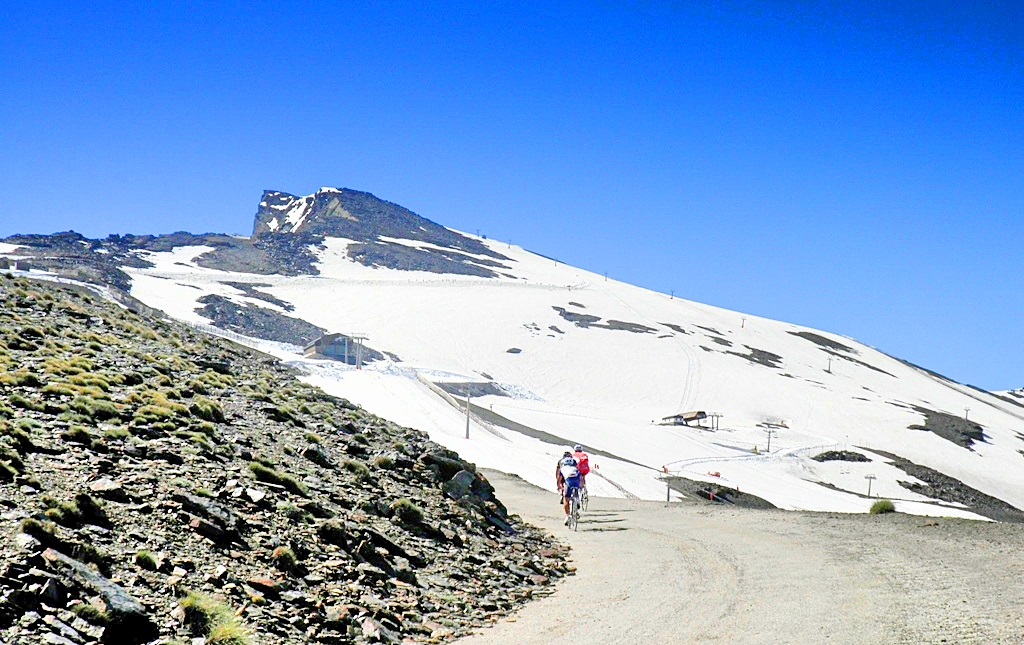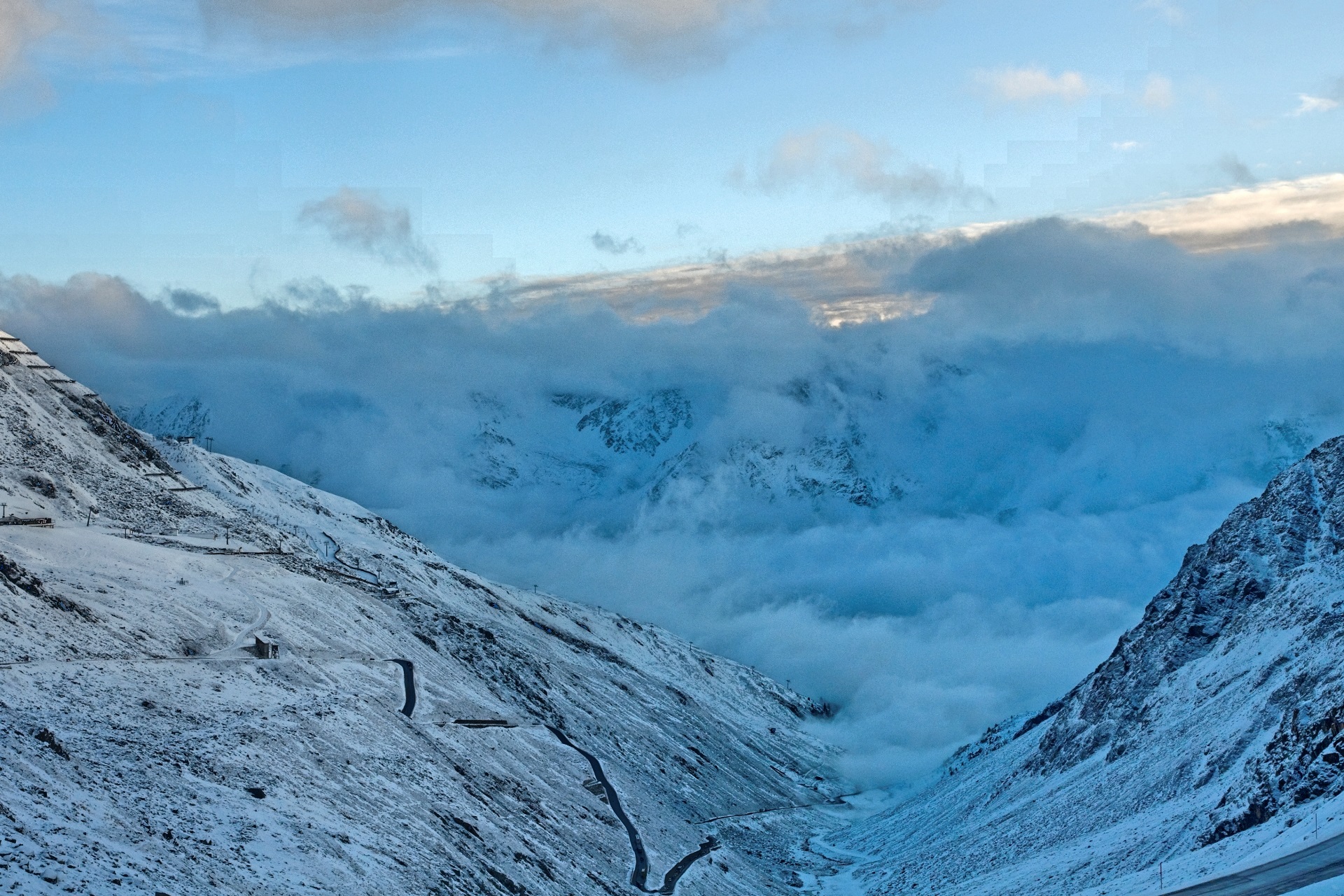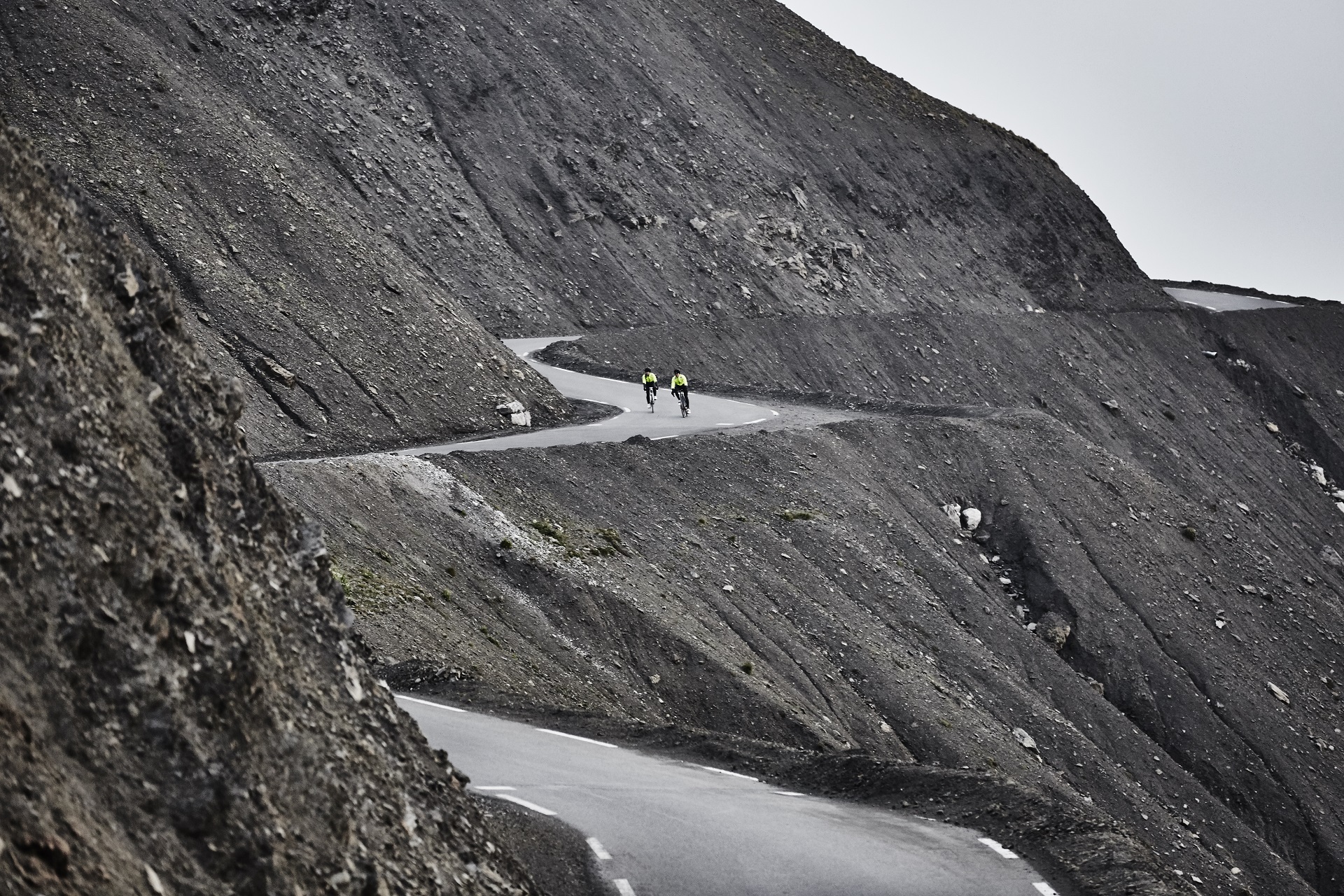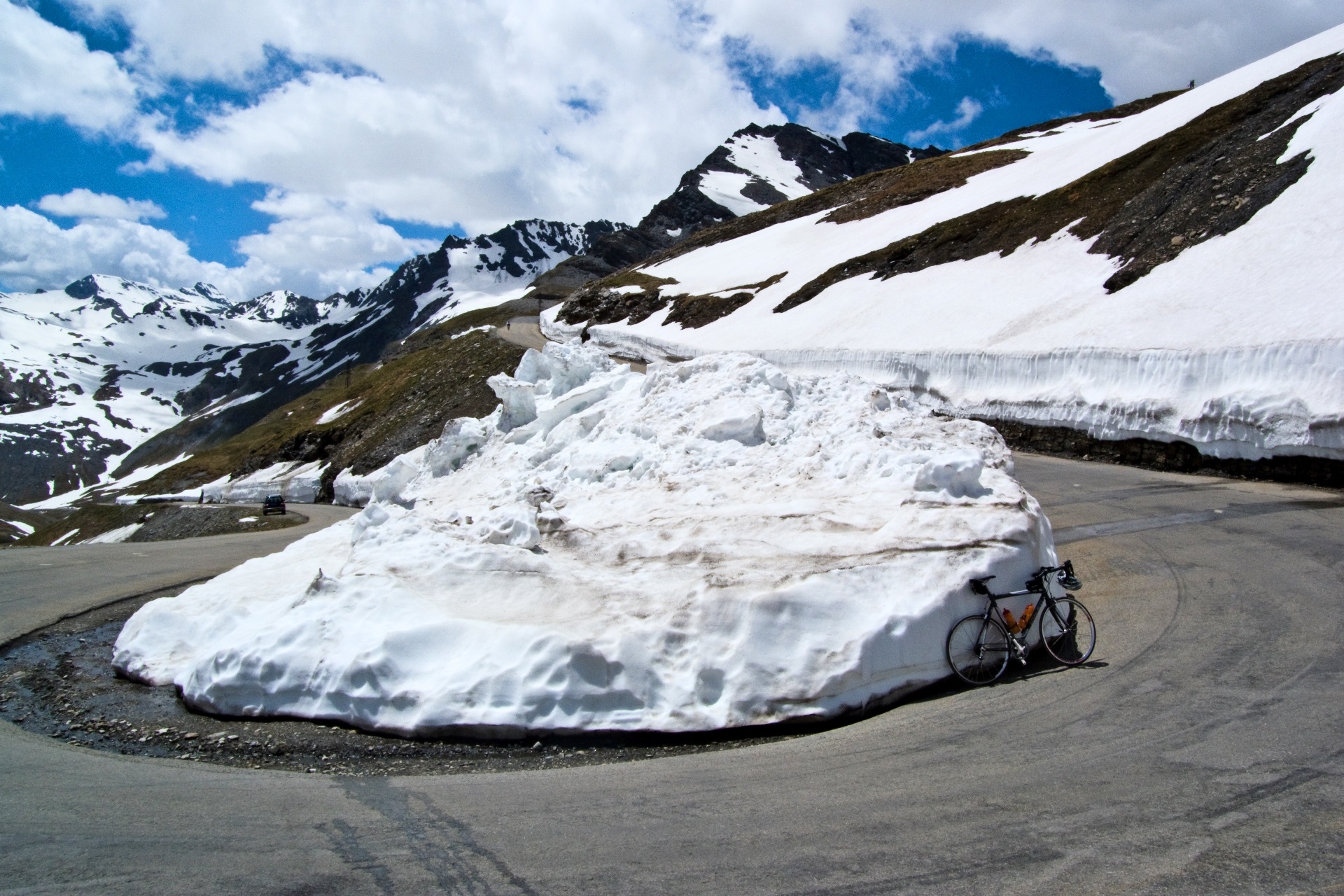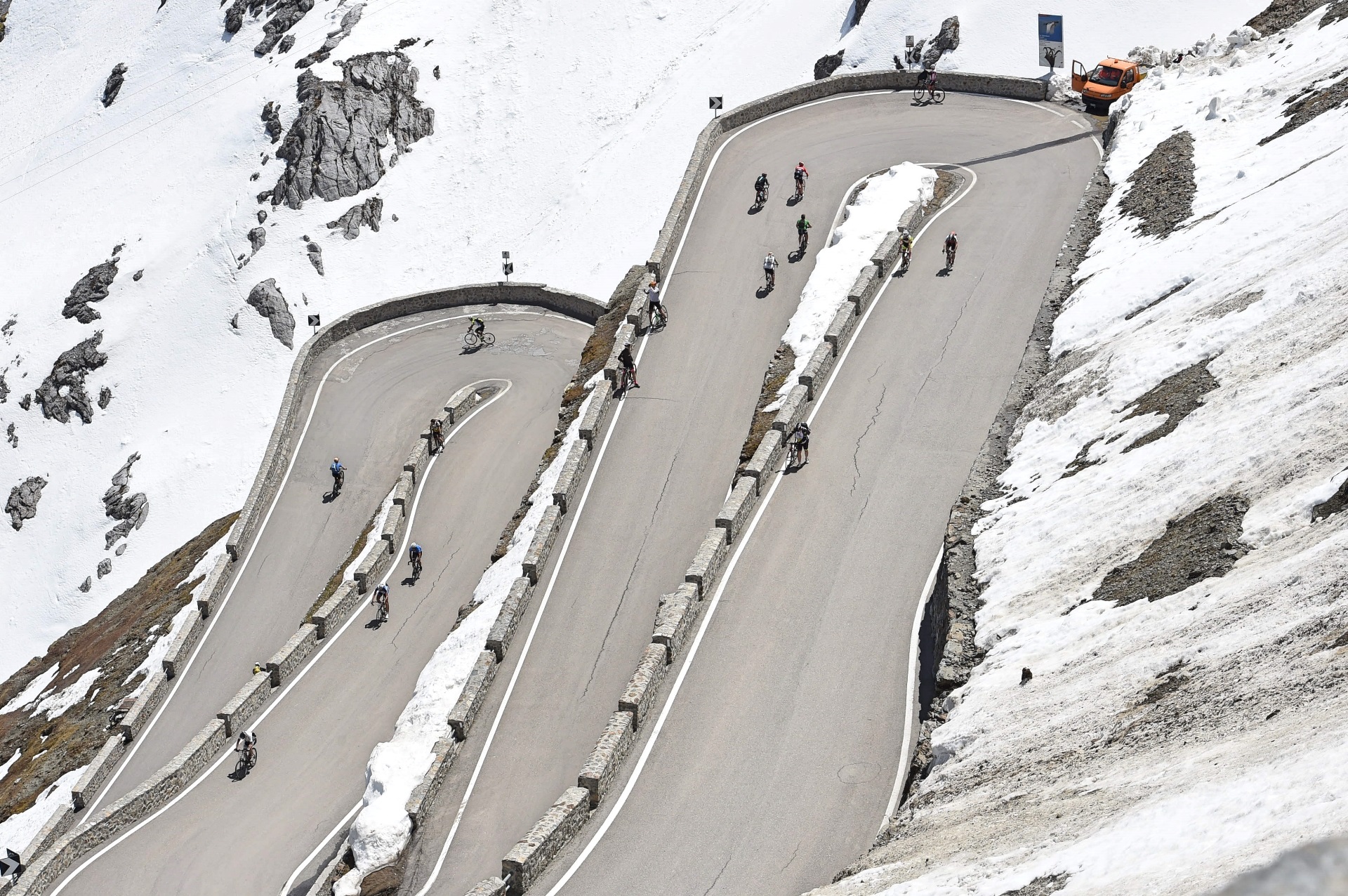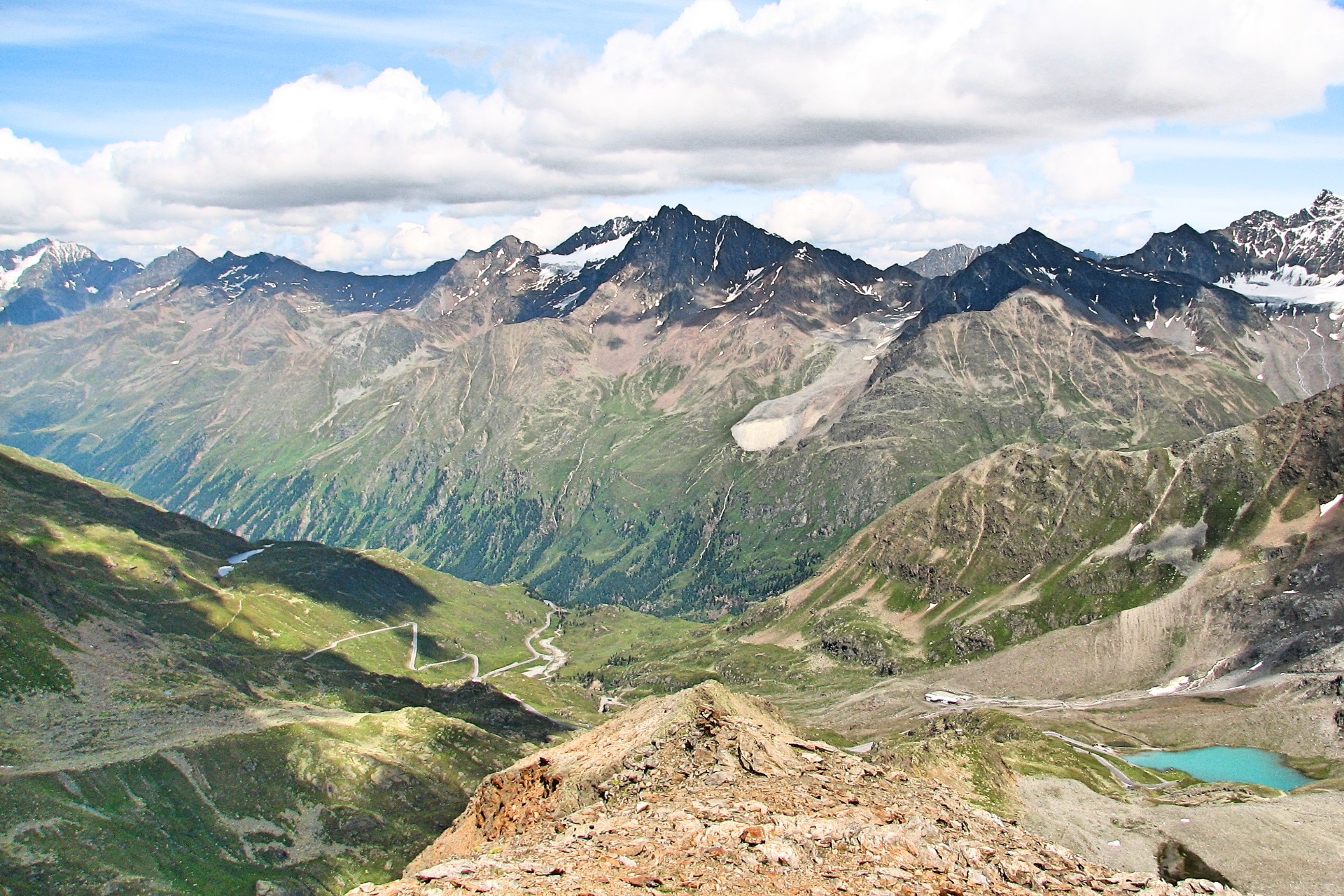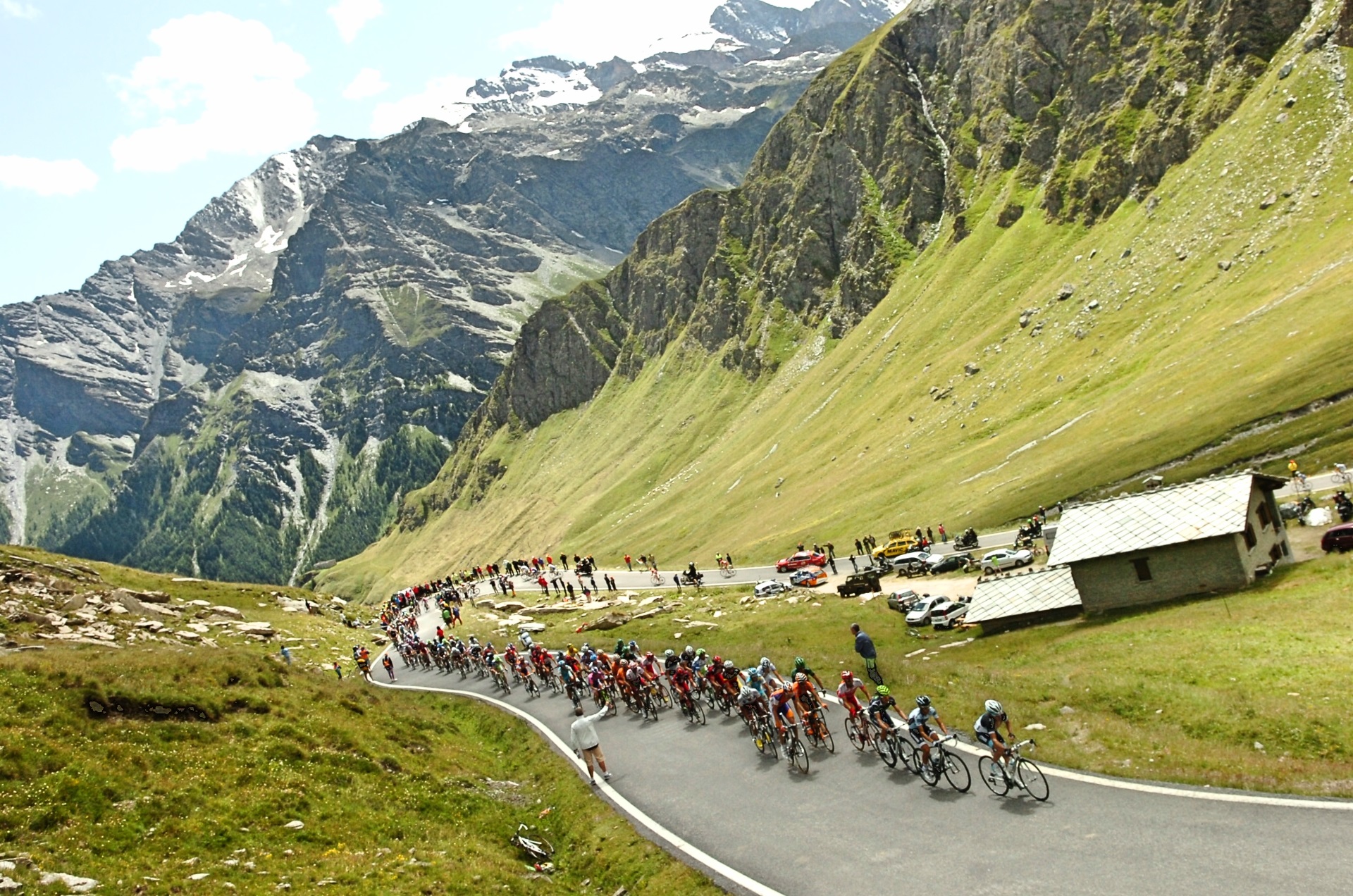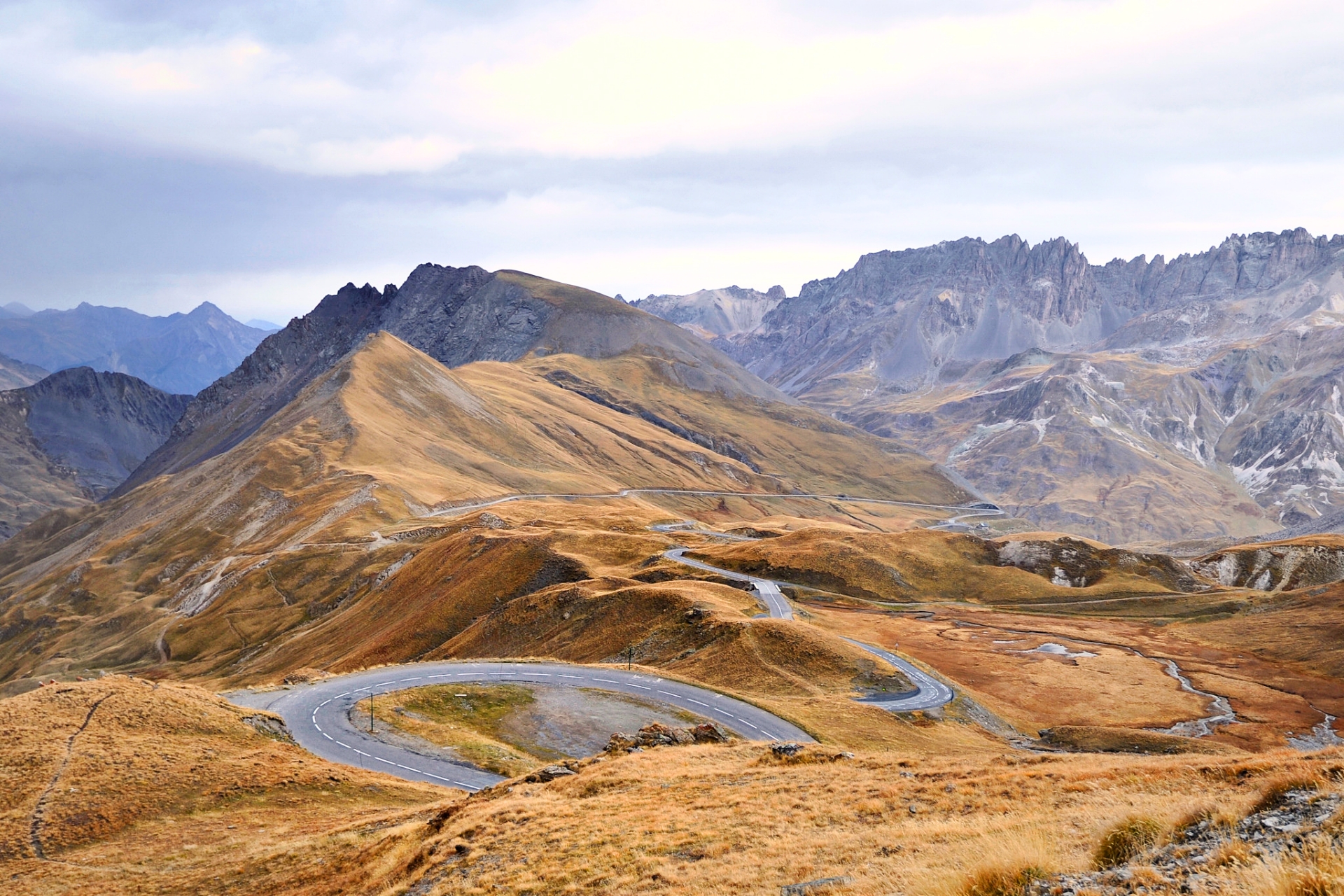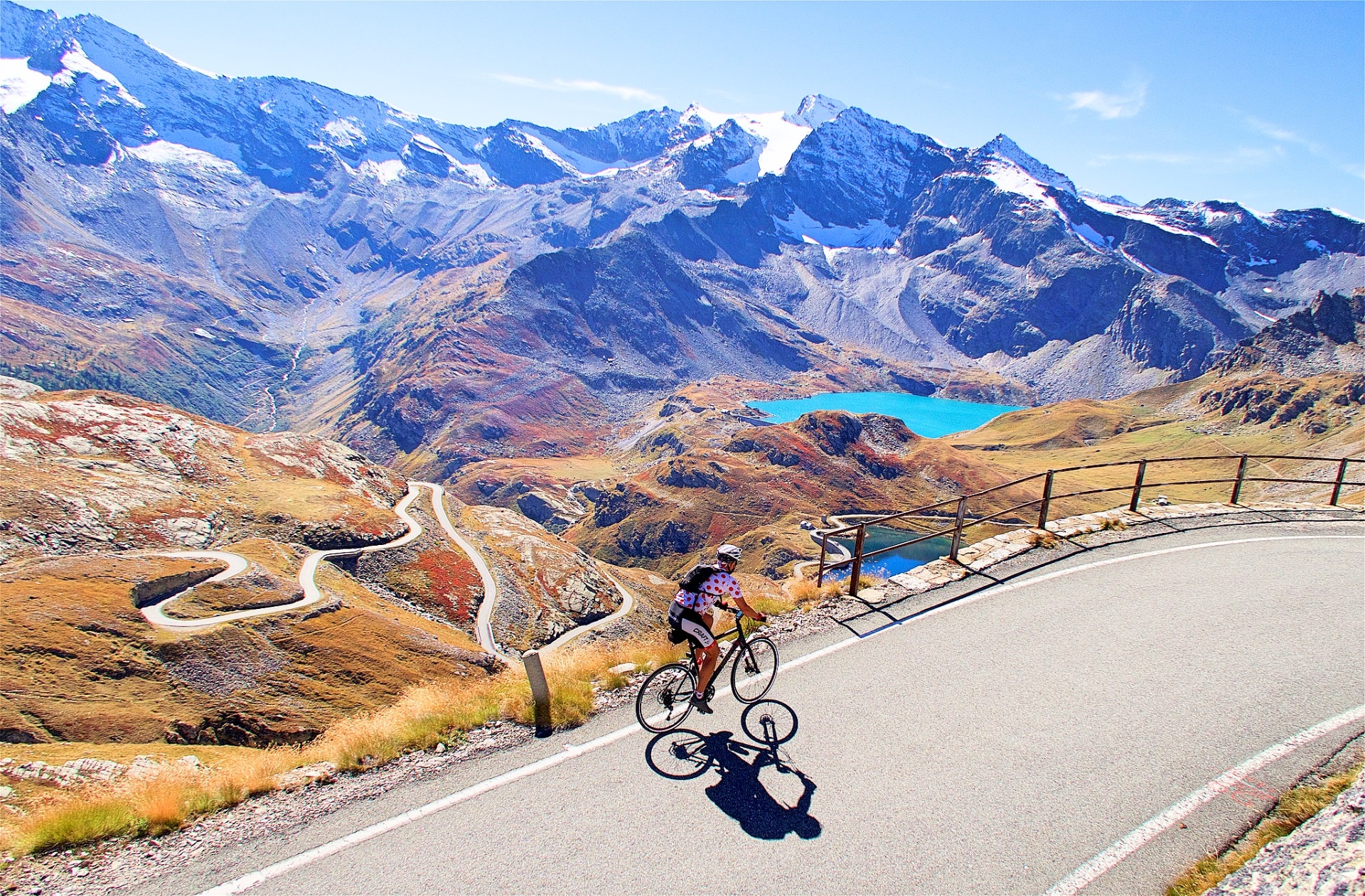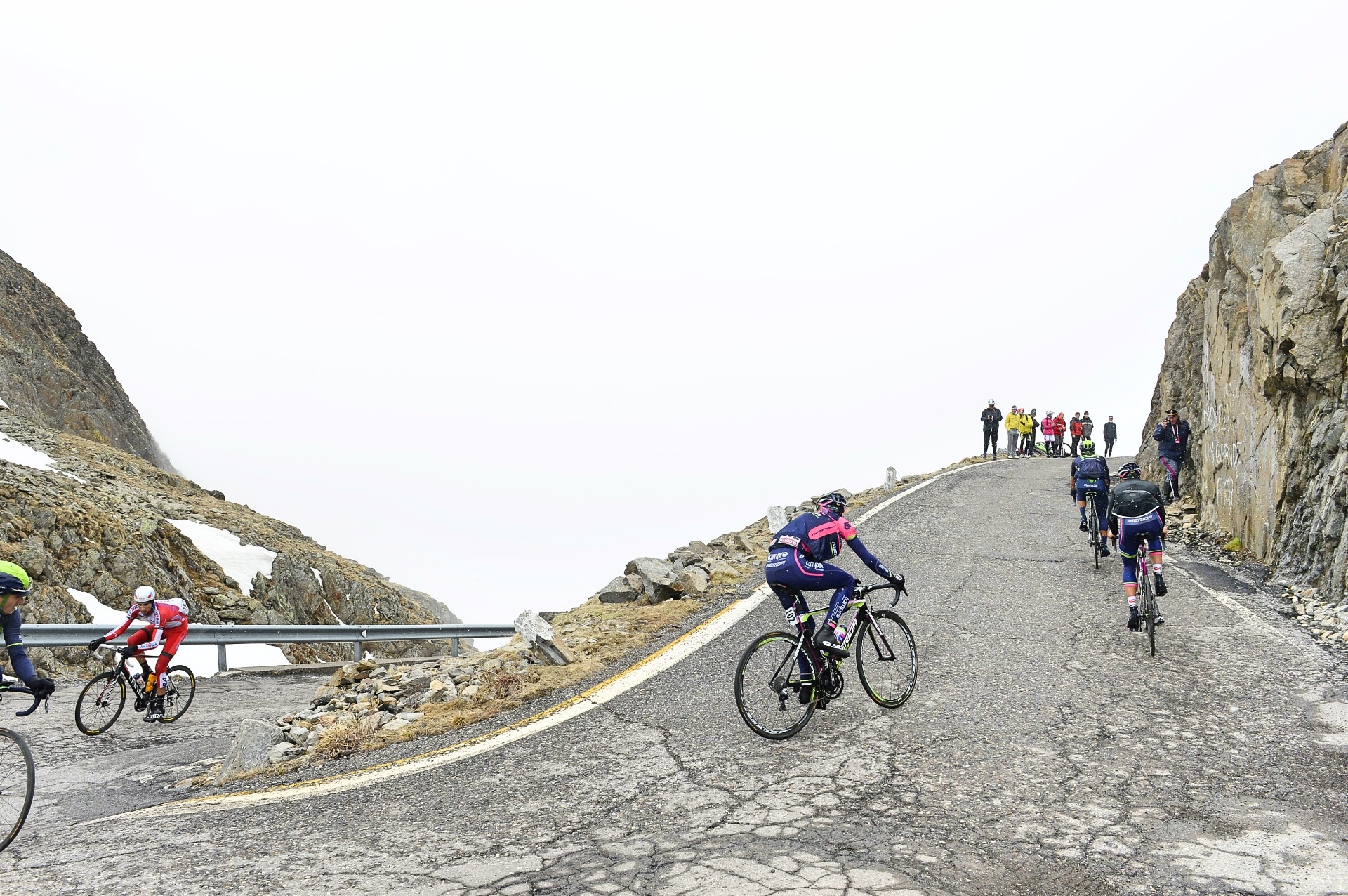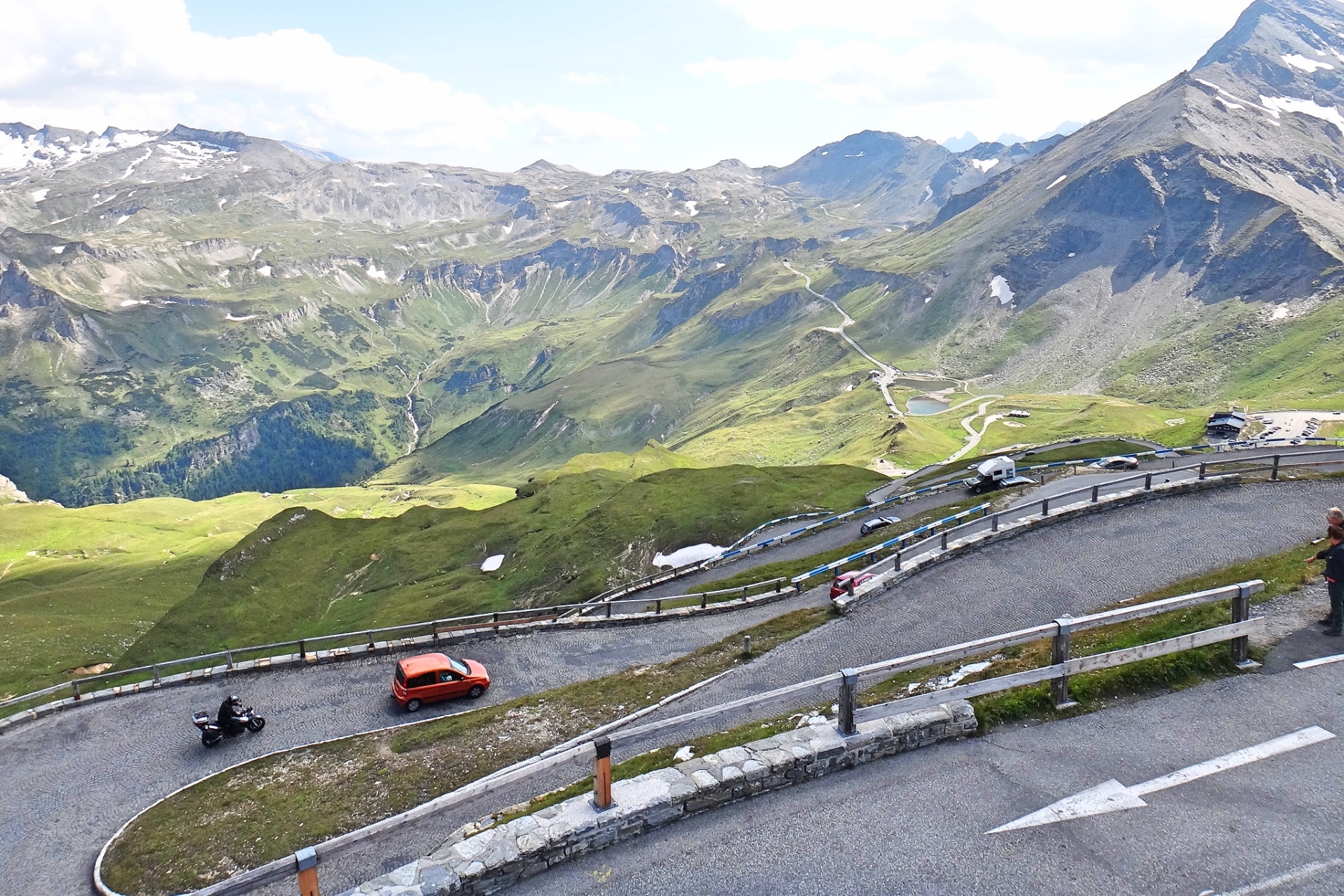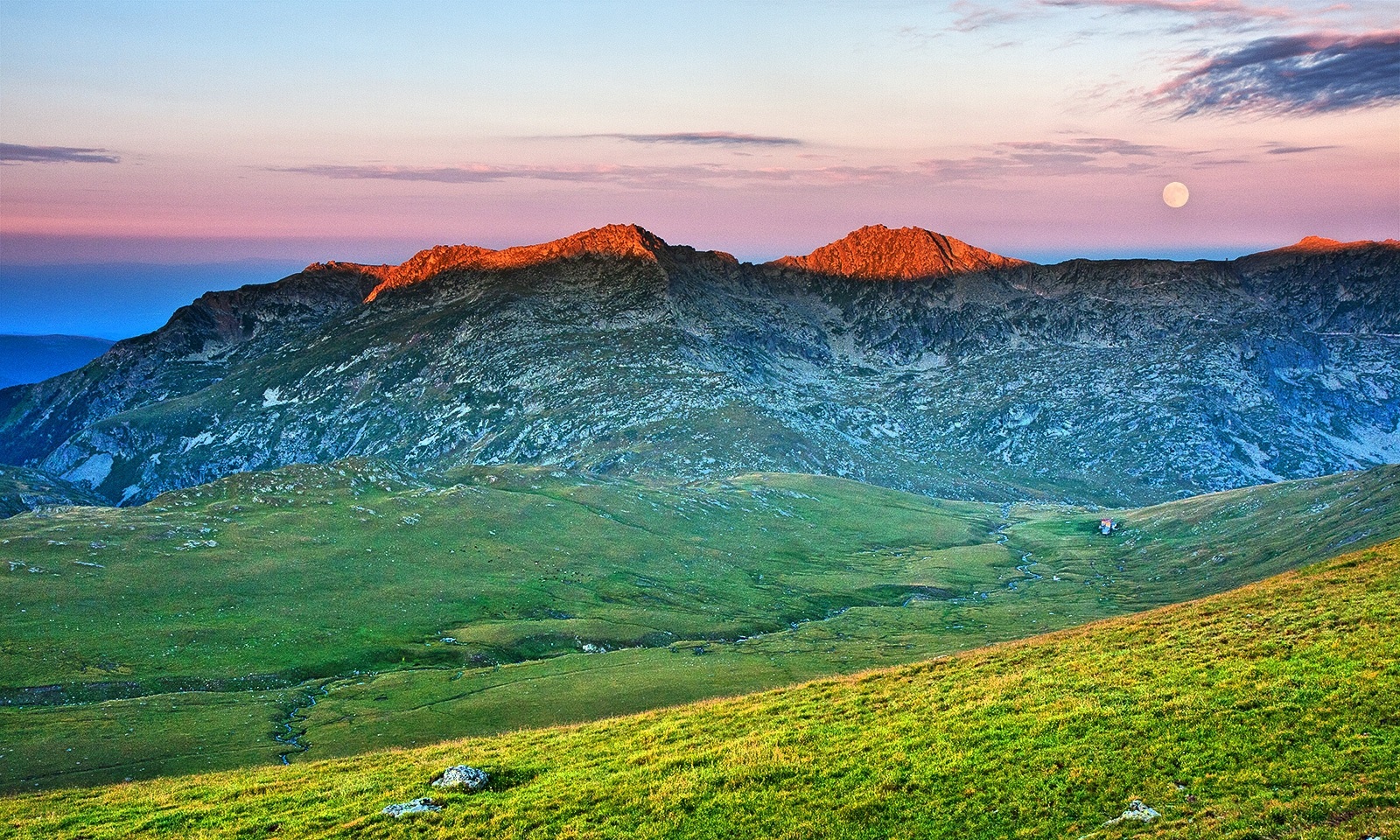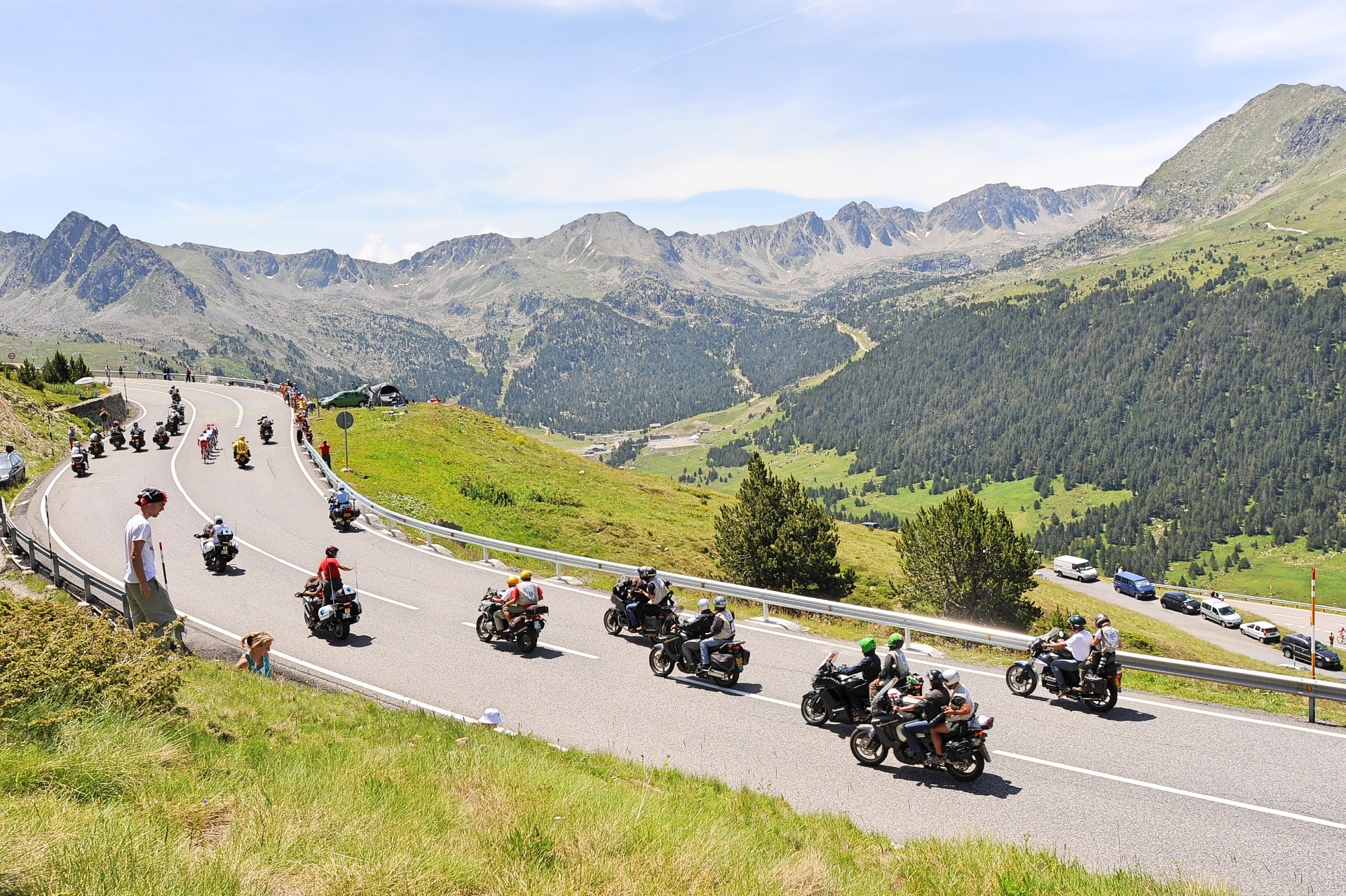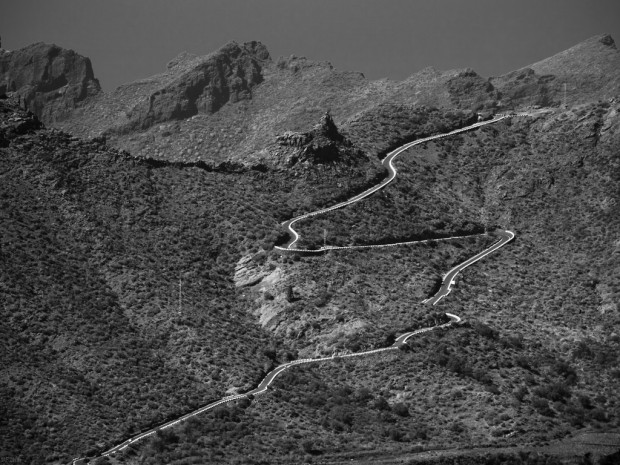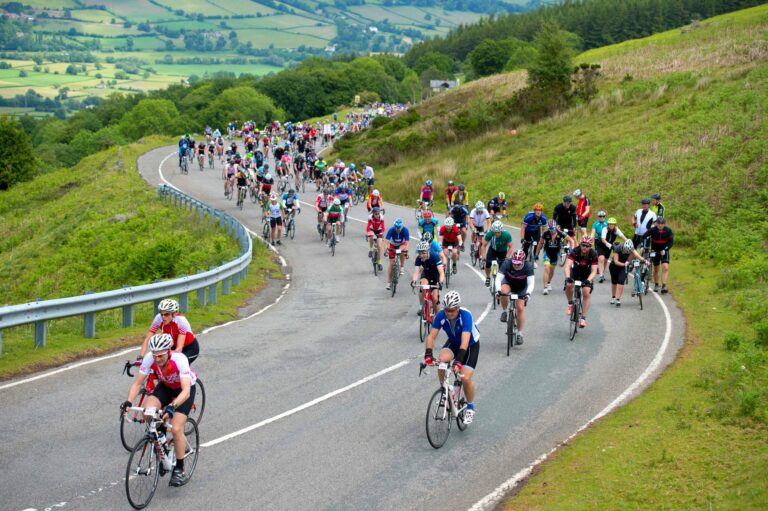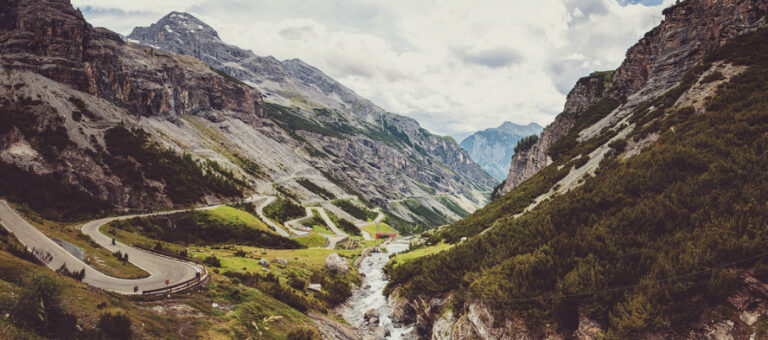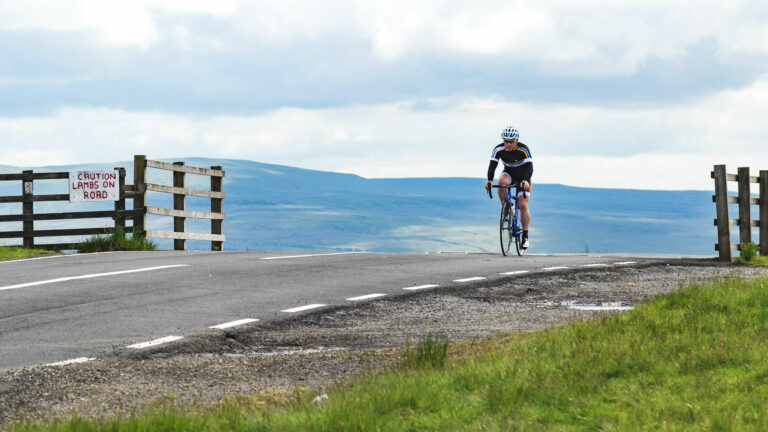While Britain is packed with picturesque, challenging and downright steep climbs of its own, from the Lakes to the Peak District, via the North Pennines and even the Surrey Hills, if you want to scale some serious heights you need to head out to the Continent.
The Alps, the Pyrenees, the Dolomites… Europe’s highest roads have become intrinsically linked with cycling thanks to the Grand Tours, with each of cycling’s three-week races posing its own leg-numbing challenges.

There’s something about heading to the hills that will always capture the imagination of cyclists. Indeed, the bucket lists of many a riders will feature long, twisting ascents, iconic climbs and thigh-numbing gradients. A test of rider and machine against the mountains.
– The 13 highest roads to ride in the UK –
But where should you go if you have a real head for heights and want to reach for the sky? We’ve found 15 of Europe’s highest climbs, including the highest peaks in the major mountain range, so you can get serious altitude.

